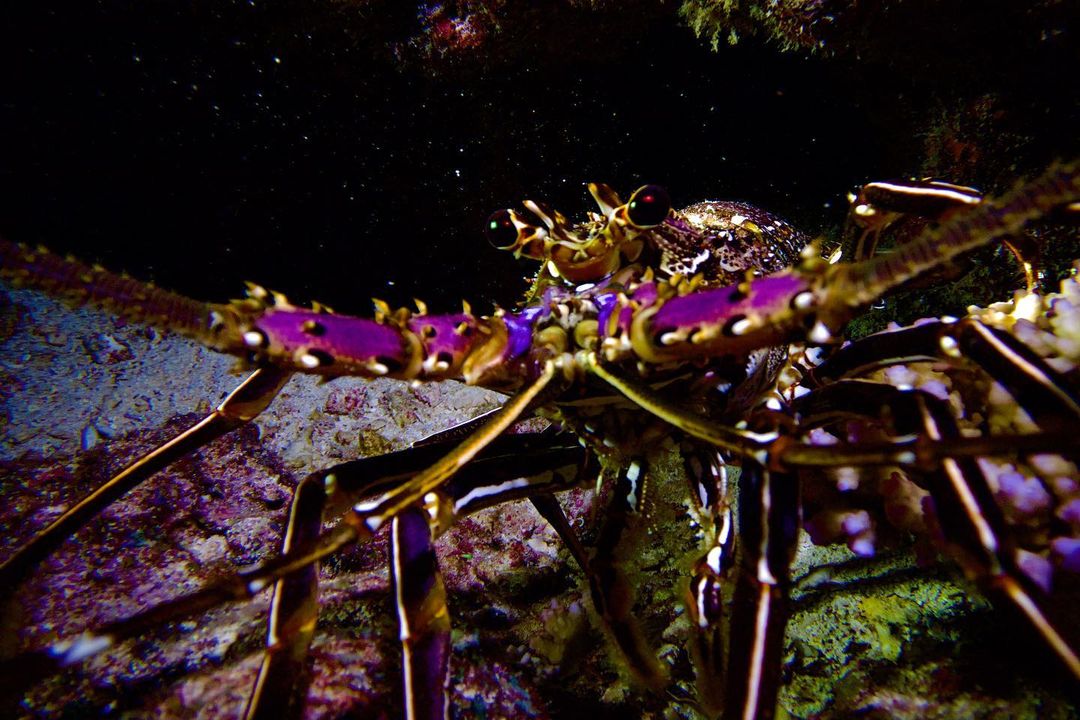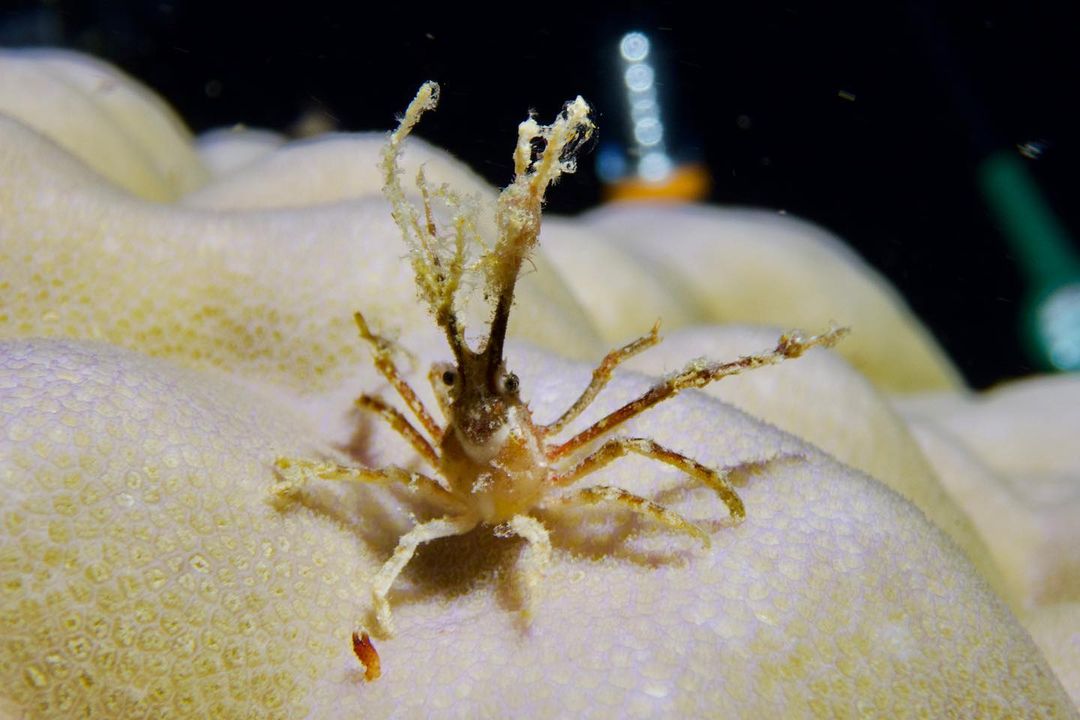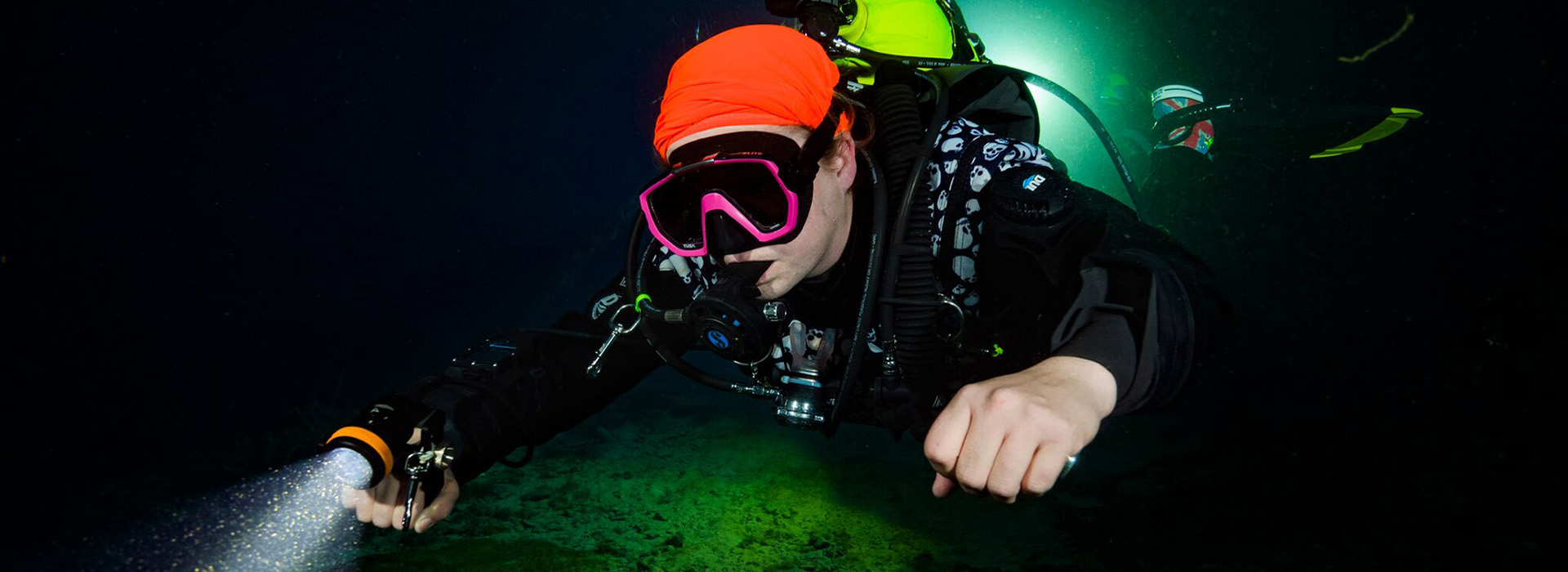3 Useful Tips on Underwater Macro Photography
Media Reports
Do you want some tips on macro photography?
Here are 3 tips on underwater macro for improving your underwater macro photography.
Tip #1 is smart composition.
You need to adopt a photography camera and underwater video lights set up to create great images regardless of the camera you're using. For example, the GoPro with OrcaTorch D910V 5000 lumens video lights. So when you have an idea of the image you want to create maybe you pre-visualizing the type of shot. You want to bring home, you are going to immediately start doing better because you're looking for opportunities to create those types of photos. We know some basics that we want to have a subject facing us. We like eye contact with those types of things, so if you're swimming over a subject doom to them along the reef, you need to stop and take a picture.
You need to get down low and let you get closer to your subject and let you move in in this sense. When we have that mentality we're able to improve our underwater macro photos right off the bat, the other thing is looking for subjects in the right position if you have a subject that's not facing you and it's in a hole maybe it'll be tough to light, and maybe that's not the subject that's going to bring home the best shot for you. OrcaTorch D530V is a super wide angle beam video light, it can reduce the black shadow, and its snoot can be your great macro photography equipment.

Tip #2 is to stabilize yourself
Especially when you're a newer diver your buoyancy is up and down. You might have feet that want to rise or sink heavily you might have some issues trying to balance yourself or hold the camera stable. So think about it, you're shooting something very very small and if the camera is moving up and down, it's going to be very hard to compose an image. If you can be stable, you can compose your image and control it. So there are different habitats in different environments and ways to do that.
The biggest tip for getting stable regardless of the experience you have is to use a muck stick now this is aluminum or a steel rod that's easy to clip off to your BCD or attaches to your wrist, and you can use that to stabilize yourself.
You can use this stick to create a bit of a tripod so you put it on the ground and help hold it stable while you're shooting your photos. And you can rest your hand, on the other hand, to be very stable or just put one hand down with the pointer so you're not touching the reef or the rock directly. It's just your pointer on an error of rock or sand without any marine life and then you're very stable to shoot your photo so keep that in mind, it's a really good tip and will help stabilize you and can also be used just for checking out small subjects.

Tip #3 is to appreciate it
Many photographers are guilty of not reviewing their images included sometimes you get complacent oh I shot a photo and then move on you load the photos on your computer. You realize this photo isn't that good and it's not usable or I could have improved it by changing my lighting we're waiting for the subject to move.
So the biggest tip here review every single image if you shoot two images in a row with bad settings, guess what both are gonna have the same bad results if you shoot one image and see a poor result adjust your settings, your lighting, your positioning, whatever it is and then shoot a second image. It's immediately going to be better so the beauty with digital is we can shoot several frames. After each frame reviewer image, you could change the composition in this image and then now shoot your next image review again.
Article source: https://www.youtube.com/watch?v=ca91yHCWARc
